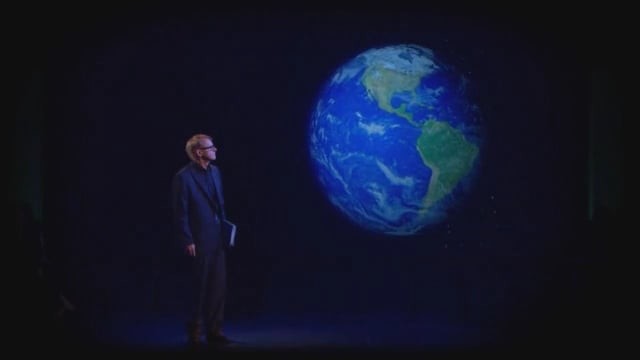Let’s start with the good news. The percentage of the world population living in extreme poverty has been falling for almost two centuries now.
In 1820, 84% of the world population lived in extreme poverty. By 1981 this had fallen to 44%, and last year it finally dropped below 10%.
That’s quite a feat, given that over the same period the world population increased sevenfold. So ever since the Industrial Revolution, more and more people have been benefitting from growing prosperity.
Even more striking: over recent decades the absolute number of people living in poverty has also fallen. Where in 1990 there were still 1.95 billion people in extreme poverty, in 2012 the figure stood at 896 million.
But that’s simultaneously the bad news: 896 million people today are living in poverty. Just let that figure sink in for a moment.
And this is just the people in extreme poverty, with less than $1.90 a day to live on. There are also several billion people who have to get by on two to three dollars a day. They are severely poor, too.













